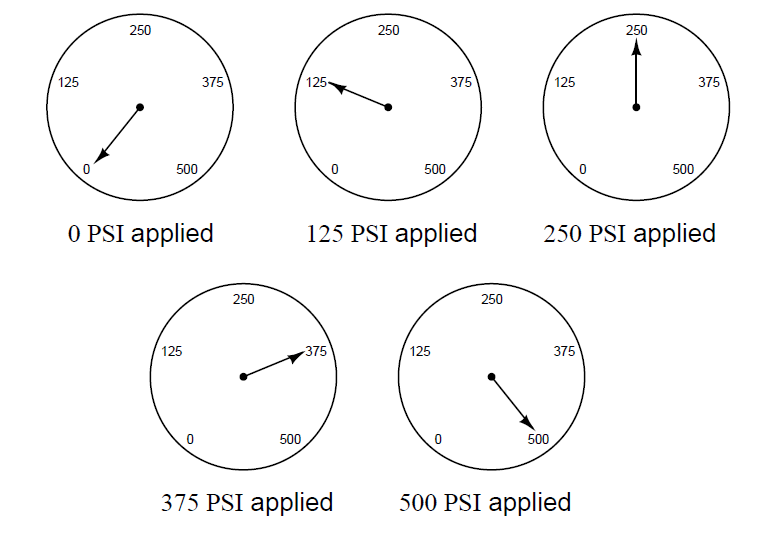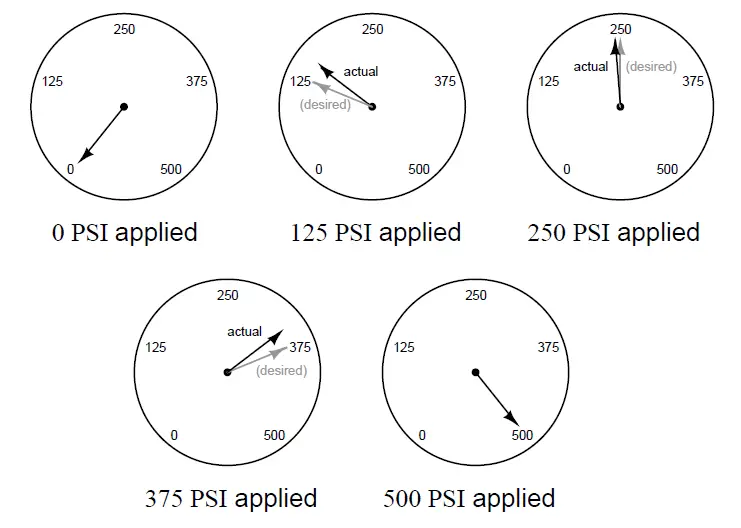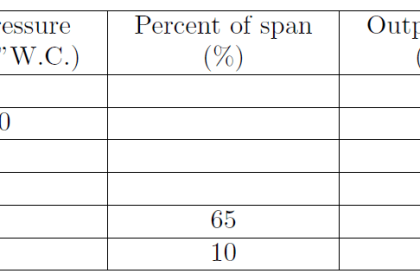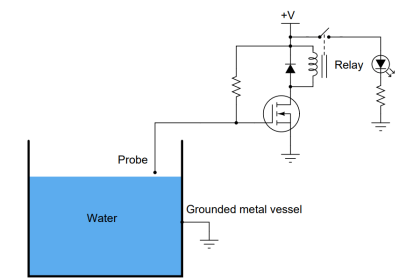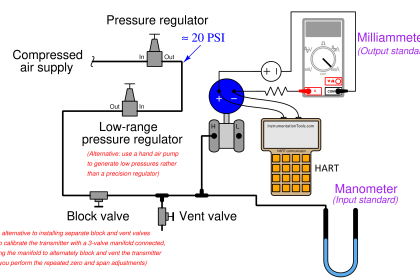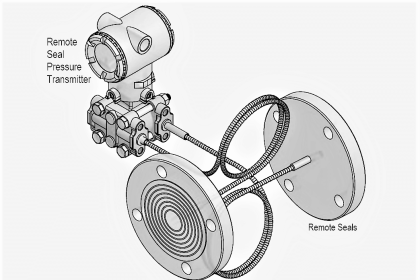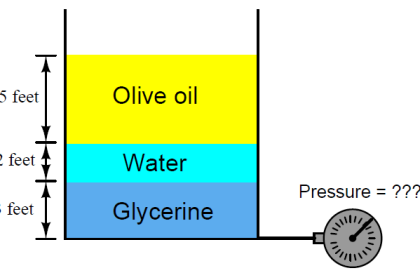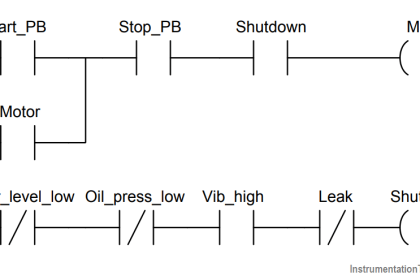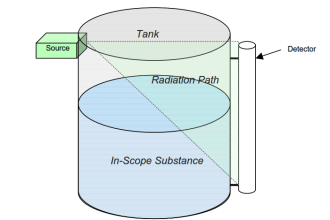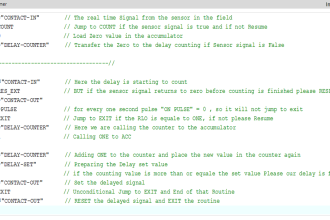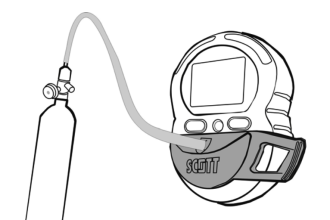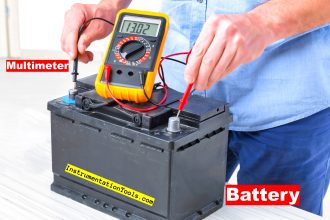A pressure gauge is supposed to accurately indicate applied pressure over its full calibrated range.
Bourdon Tube Pressure Gauge
In this example, a gauge with a range of 0 to 500 PSI is subjected to five different pressures along that range, and its response is accurate at all those points:
Describe, by drawing a set of five meter readings such as the set shown above, how a pressure gauge accurate at 0% and 100% of applied pressure – but with a nonlinearity problem between the LRV and URV points – might respond to the same five applied pressures.
Furthermore, describe how a bourdon tube pressure gauge instrument might be adjusted for linearity. In other words, how may a non-linear pressure gauge be calibrated to become more linear?
Answer:
Here is one example of how a pressure gauge might respond in a non-linear fashion to the same five applied pressures, while still being accurate at the LRV and URV points:
Here, the gauge reads high at the 25% point (125 PSI), slightly low at the 50% point (250 PSI), and low at the 75% point (375 PSI), while still accurate at 0% (0 PSI) and 100% (500 PSI).
Any adjustment that affects the traveling angle of the mechanism will have an effect on linearity.
Some (high-quality) pressure gauge mechanisms are equipped with an adjustable-length link to facilitate changes to this angle:
It is sage advice to leave all angle adjustment(s) untouched until all possible zero and span adjustments have been made to the instrument. Usually, it is possible to get a non-linear instrument to read within specified tolerance in a 5-point calibration just by adjusting the zero and span adjustments.
In many mechanical instruments, a simple linearity alignment is to apply a 50% input signal and check for link/lever perpendicularity (that all links and levers intersect at 90o angles to each other).
Questions For You:
Explain how keeping both “As-Found” and “As-Left” calibration records on instruments such as this pressure gauge make it possible to track long-term calibration drift.
Can a non-linearity error be corrected by adjusting the zero and/or span screws on an instrument? Why or why not?
Share your answers with us through below comments section.
Read Next:
- Instrument Percent of Span Error
- Displacer Interface Level
- Calibration of Level Transmitter
- Circular Chart Recorder Calibration
- Current-to-Pressure Transducer
Credits: Tony R. Kuphaldt
